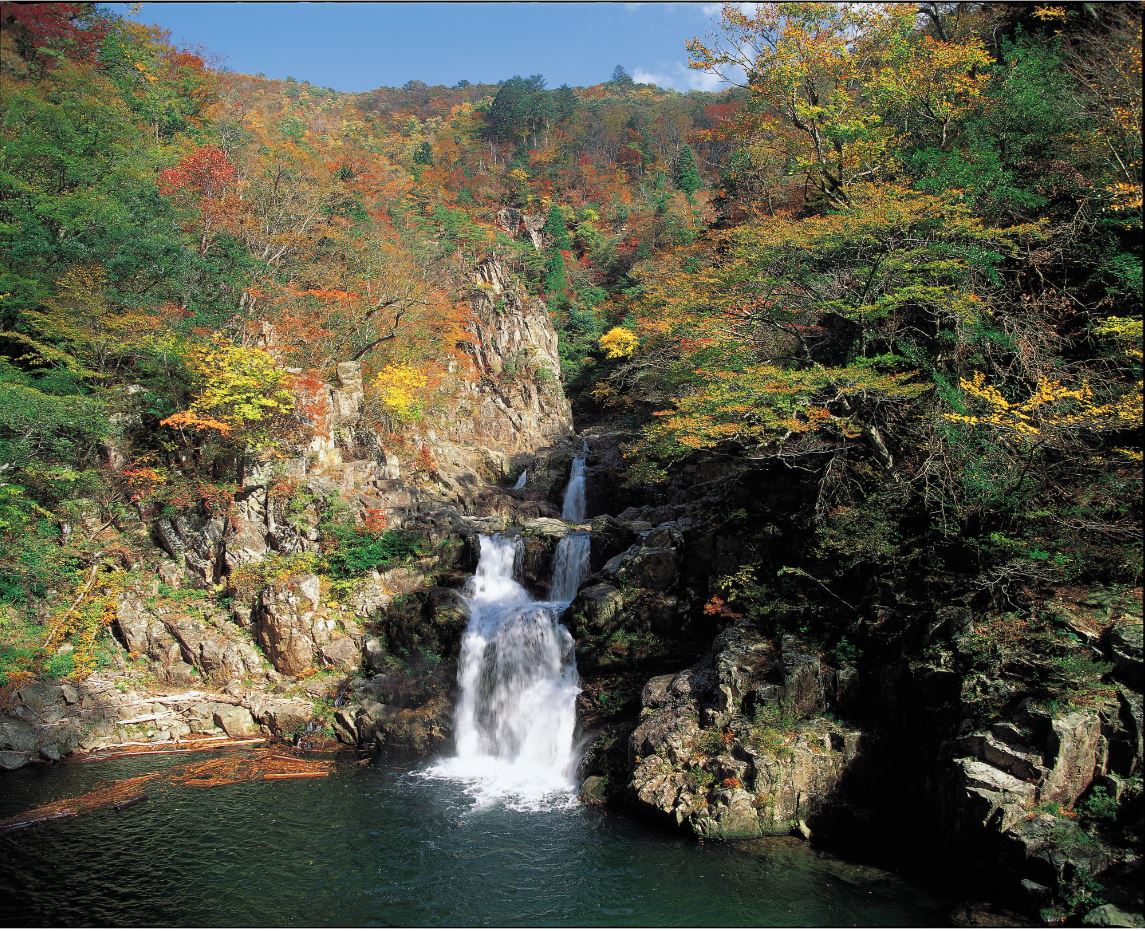
Hiroshima is world-famous for two World Heritage Sites: Peace Memorial Park and Miyajima/Itsukushima Shrine. But that is not all. Hiroshima is one of the leading world-class tourist destinations in western Japan, blessed with the rich nature of the Seto Inland Sea and the Chugoku Mountains, located between Kansai and Kyushu.
At “Japan Tourism Online Fair in Hiroshima 2023”, you will have the opportunity to experience attractive tourism products from various areas of Hiroshima that you have never experienced before!
Kure City
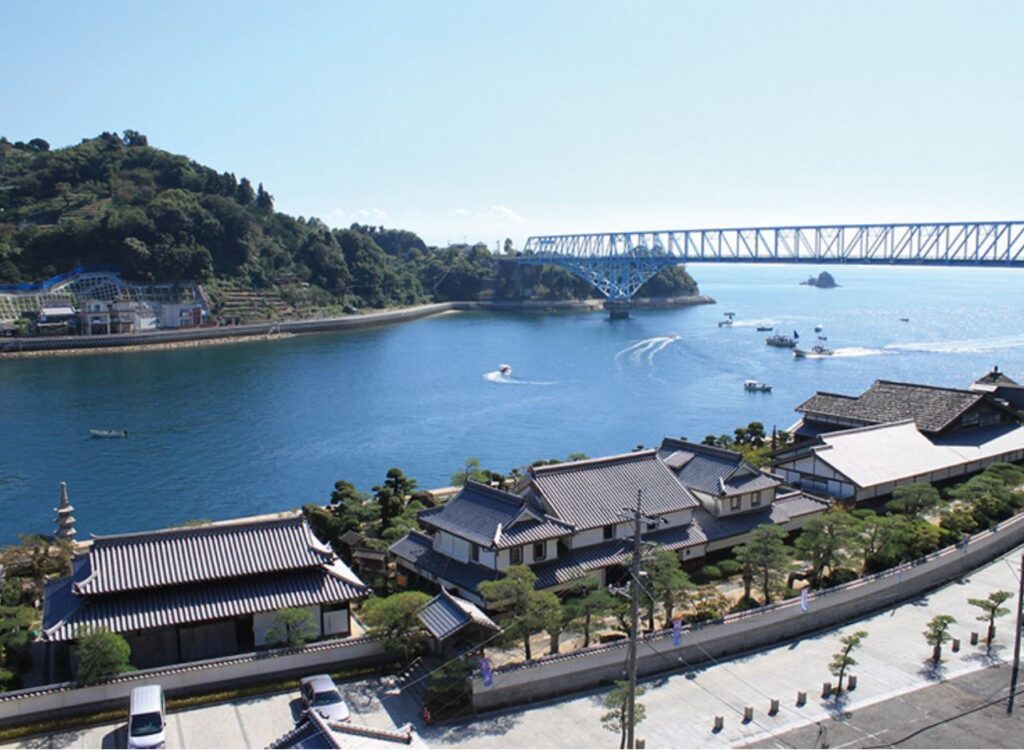

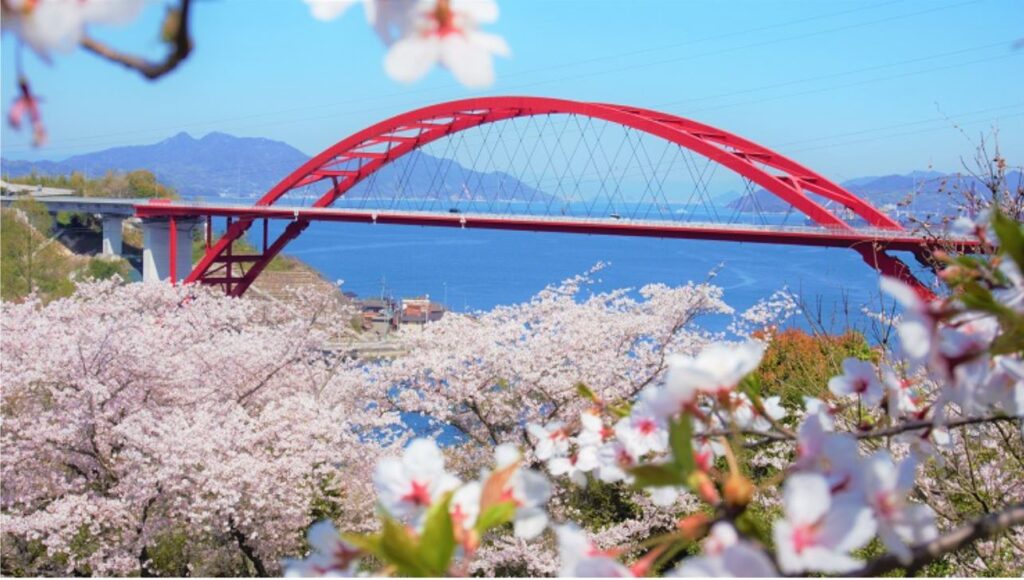

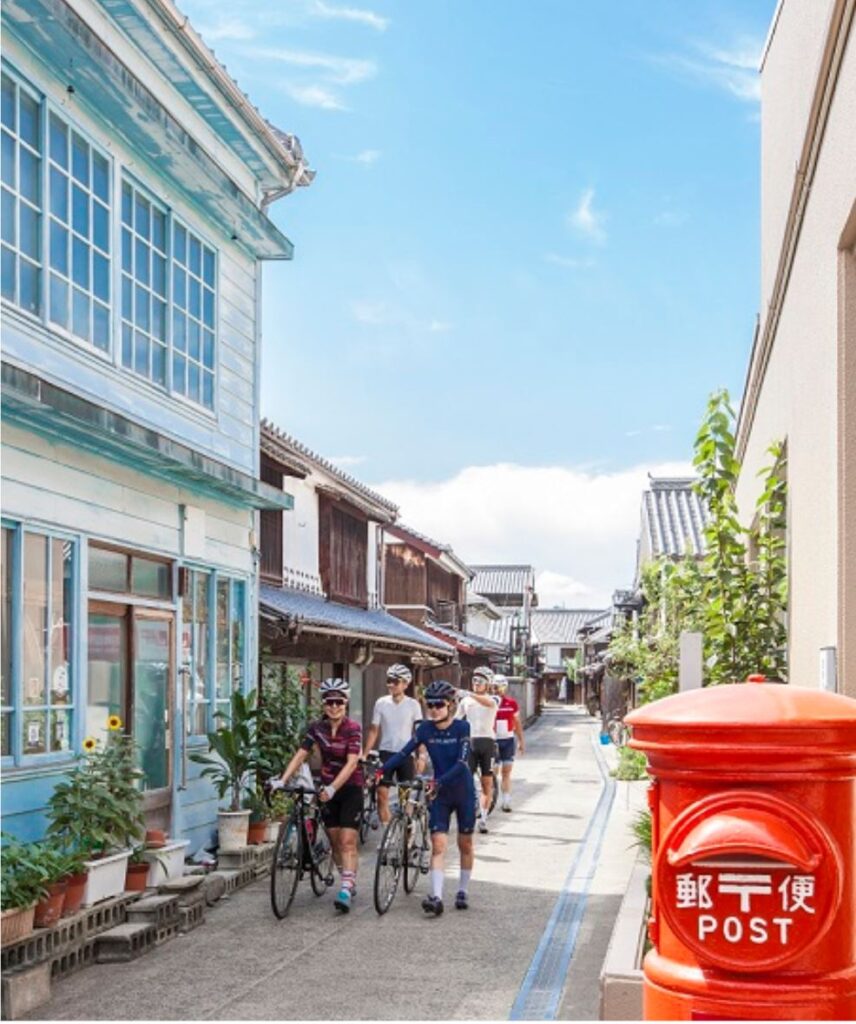
“Kure City is a city with excellent access, one hour by bus from Hiroshima Airport and 35 minutes by train from Hiroshima Station. It consists of a land area facing the Seto Inland Sea and an island area, and has a lot of natural attractions. Kure City has many tourist attractions such as history, industry, gourmet food, and activities. Kure City once prospered as a naval port and is known as a Japanese heritage town. The history, ruins, and remains of the navy still remain today, and you can experience the story of Japan’s modernization and its dynamism. It is also the stage of manga, and you can also make a pilgrimage to the sacred place of the manga “In This Corner of the World” in Kure around the time of World War II. Kure’s charm lies not only in the land area, but also in the island area. In the island area, 7 islands are connected by 7 bridges, and you can enjoy activities and cycling that take advantage of nature. In addition, you can enjoy the island’s unique atmosphere if you feel Japan, such as Shimokamagari Island, which has six cultural facilities, and the Mitarai district, where you can stroll through the good old townscape. And in Kure City, you can eat the fruits of the mountains that take advantage of the mild climate and the fruits of the sea grown in the calm Seto Inland Sea. There are many delicious and interesting gourmet foods such as oysters, which are the largest catch in Japan, curry, food stalls, sweets that you can eat while walking, historical dishes that have been handed down from long ago, and so on. Come and visit Kure City, a town full of charm where you can feel the warmth of the island and the people’s kindness as well as tourist attractions. “
Fukuyama City
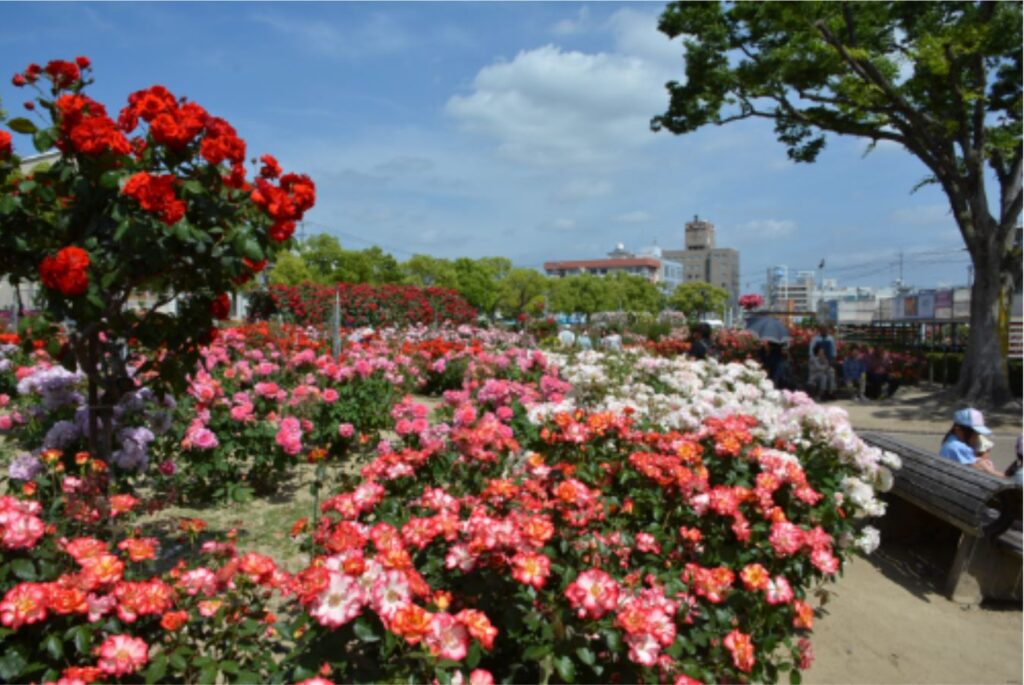
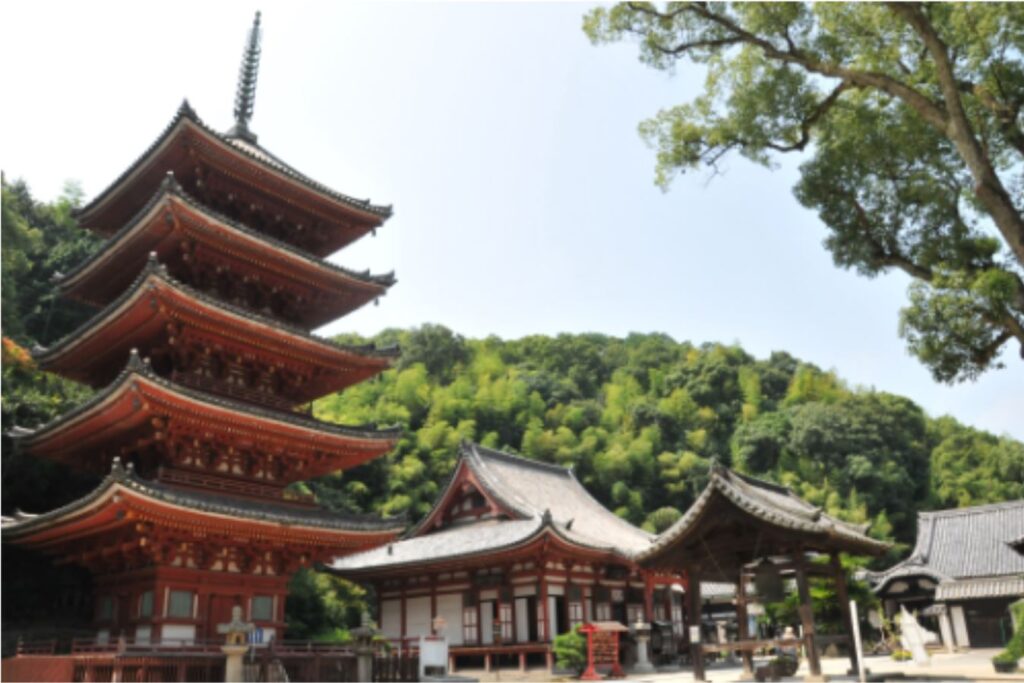
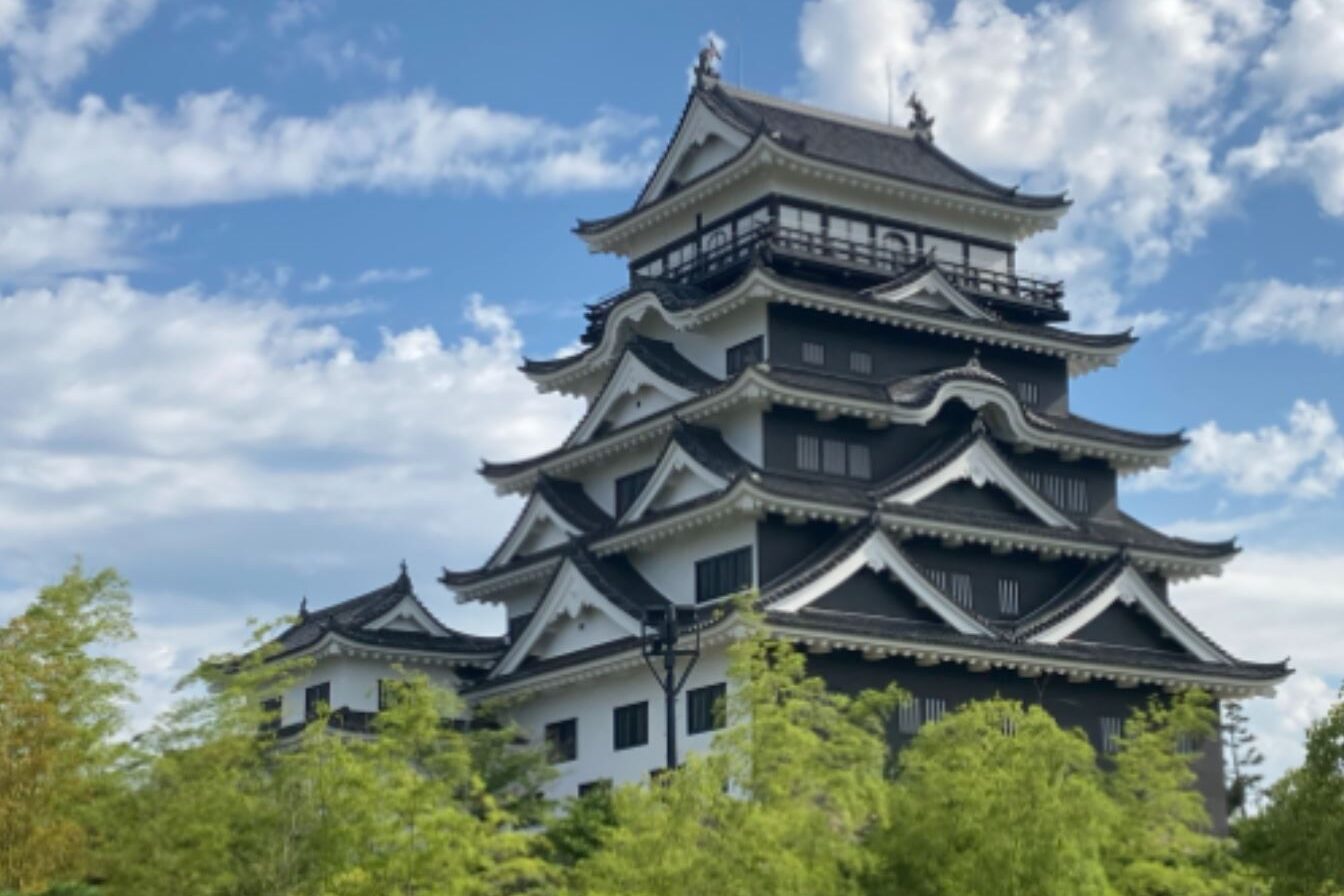
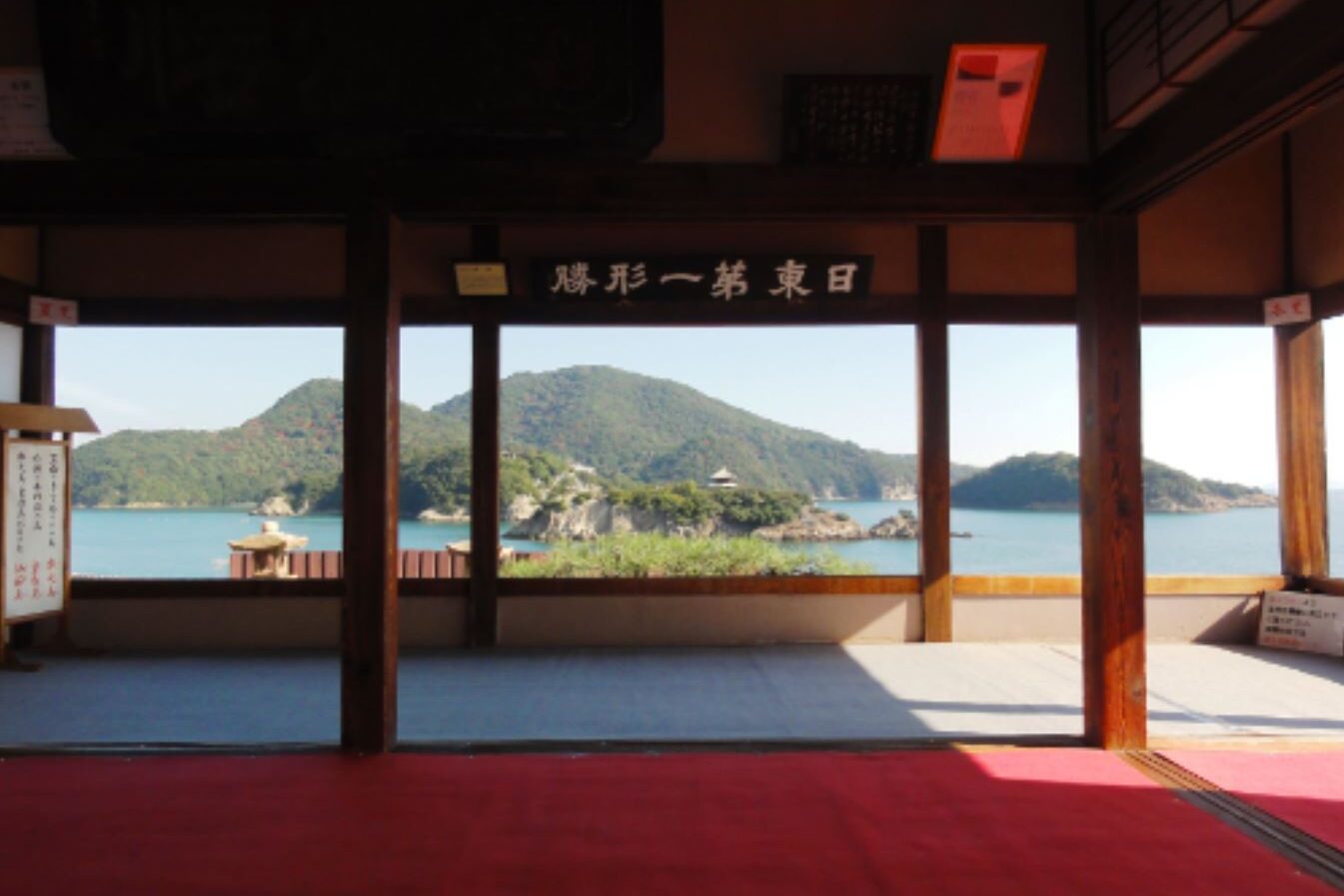
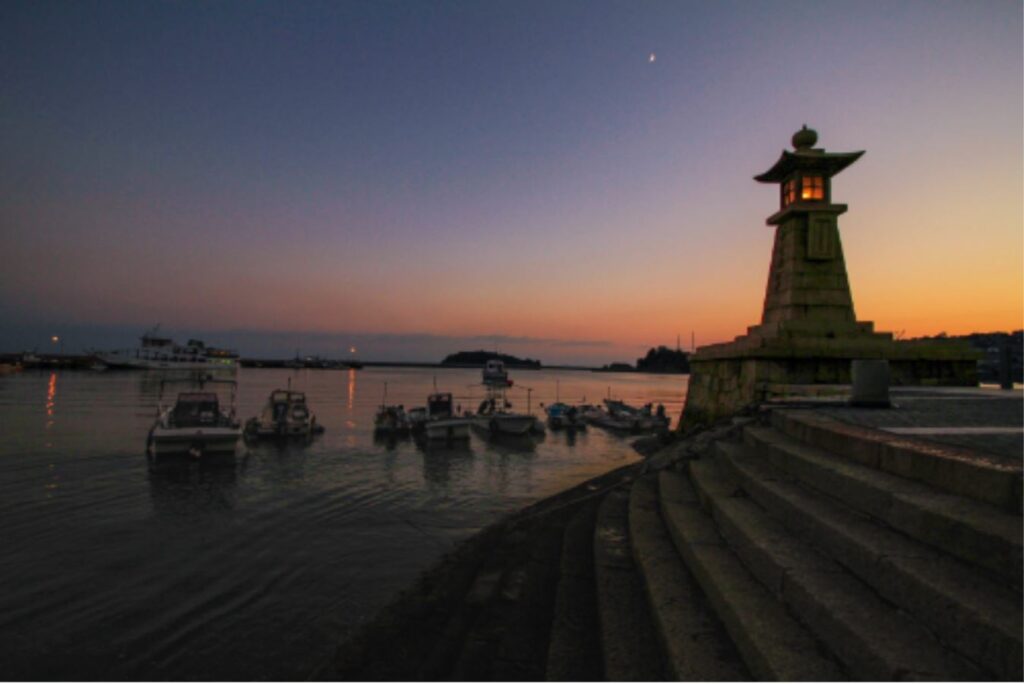
Fukuyama City is located in the eastern part of Hiroshima Prefecture, and is the center of Setouchi, where roses bloom everywhere in the city during the spring and autumn seasons as “Fukuyama, the city of a million roses”.
The tourist attraction, Tomonoura, a port for waiting for tides, is a scenic place where the streets of the Edo period still remain. The only region in the country. Otomo no Tabito, who is related to the new era name “Reiwa”, also visited Tomonoura, and there is a monument with three poems left.
In addition, Fukuyama Castle, which is located just a short walk from JR Fukuyama Station, was built by Tokugawa Ieyasu’s cousin, Katsunari Mizuno, as the first feudal lord, and has become a landmark of the town. In 2022, the castle will celebrate its 400th anniversary. The castle tower of Fukuyama Castle was destroyed by fire in an air raid in 1945, but the Fushimi Yagura and Sukitetsu Gomon, which retain their original appearance, are designated as national important cultural properties.
In addition, there are many places in Fukuyama City where you can feel history and culture, such as the National Treasure Myoo-in Temple and Renjuku, which is a national special historic site. In terms of industry, various manufacturing industries such as the steel industry and textile industry have accumulated, and it has developed as a city of manufacturing. Denim fabrics are highly regarded for their high quality, and are used by high-end brands around the world.
Otake City
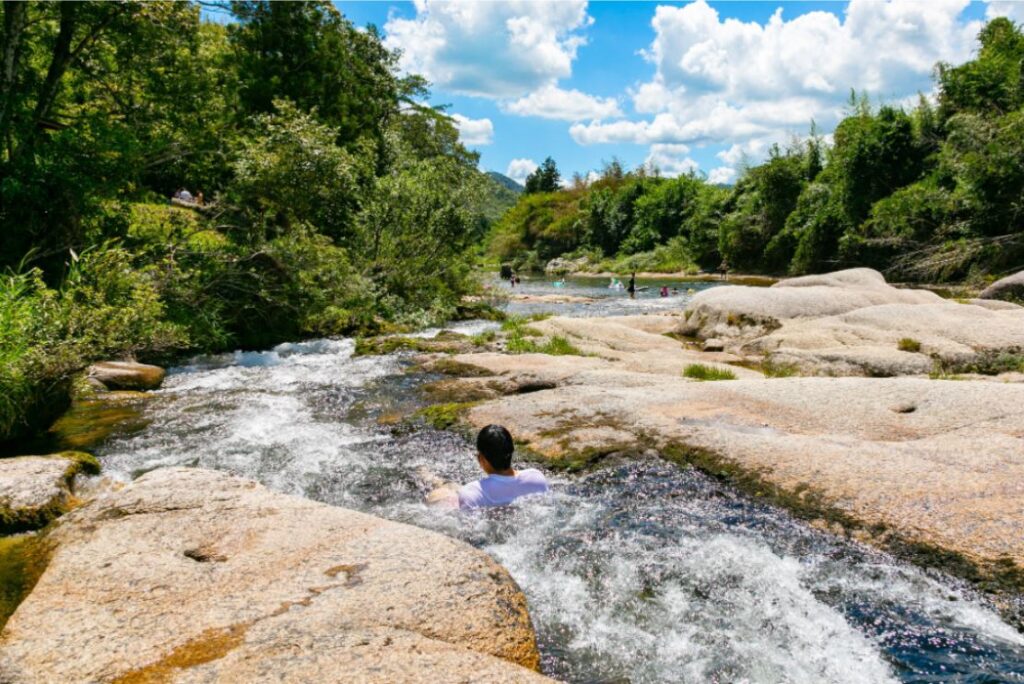
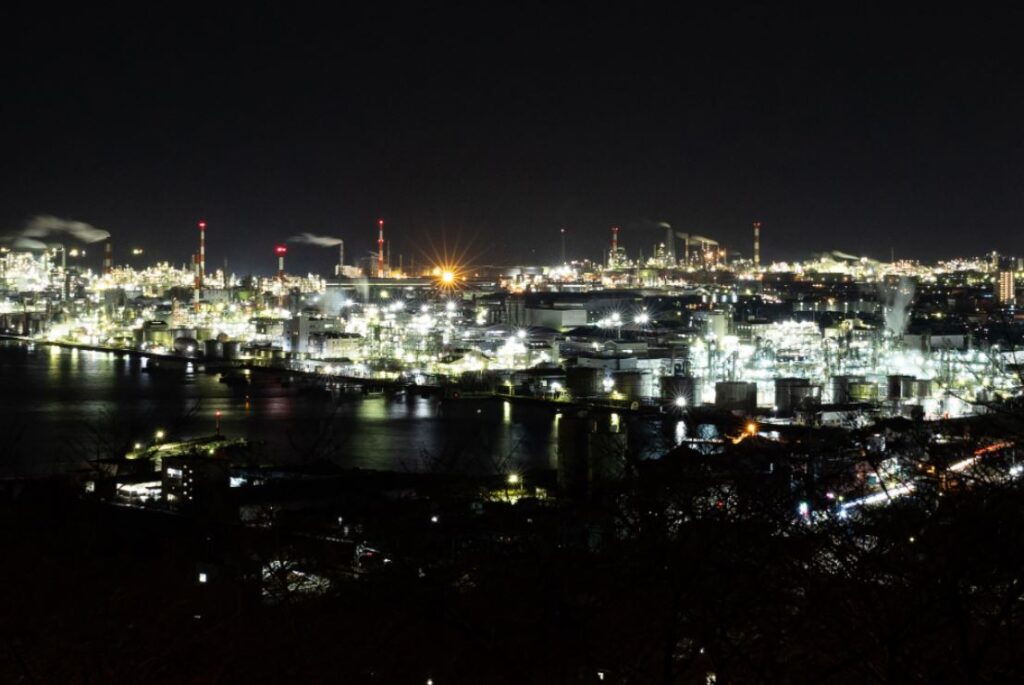
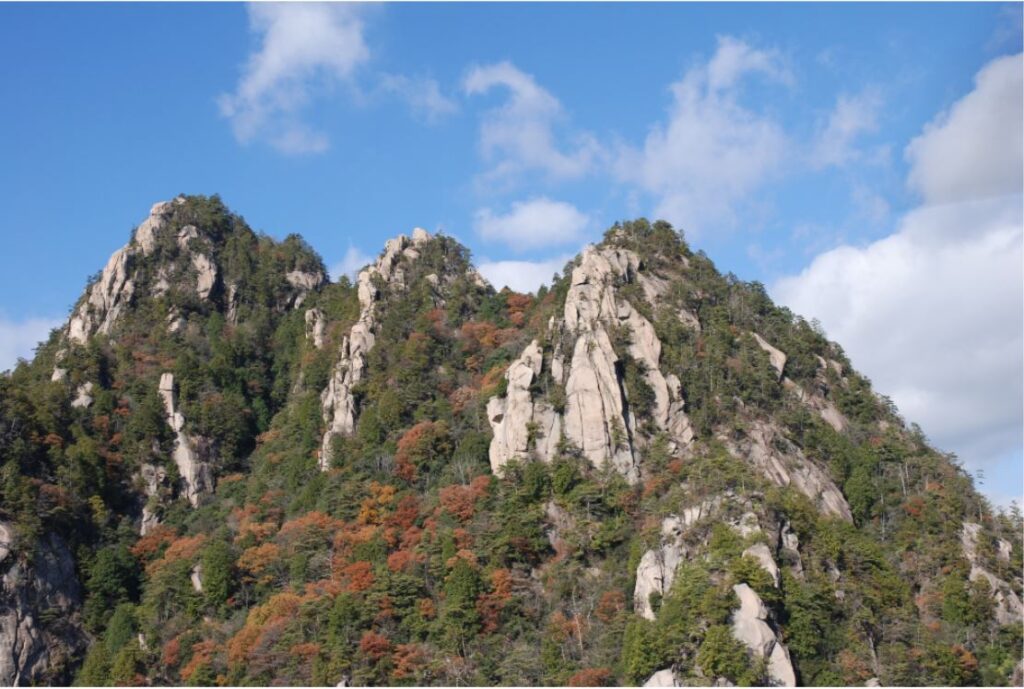
Otake City is located on the western edge of Hiroshima Prefecture, making it easily accessible and blessed with clean, abundant water from the Oze River, which flows along the prefectural border. Due to its location facing the Seto Inland Sea, the fishery industry is thriving, and Otake City’s brand fish “Atata Hamachi to Lemon” is a popular item, although it is only available in winter. In addition, because of the thriving industry, there are many factories in the coastal area, and the factory nightscape created by the lights of the factories vividly colors Otake City. In addition, in the mountainous area, there is Mt. Mikuradake, which is a prefectural natural park, and Jabuiiwa Rock, which is perfect for summer leisure, making it an attractive city where you can enjoy nature.
Kita-Hiroshima town

If you would like to know Hiroshima deeper, travel to the northern area of Hiroshima Prefecture is recommended. Kita-Hiroshima Town is located in the northwestern region, a country town around the headwaters of the rivers flowing down to the Seto-Inland Sea or the Japan Sea. It has a mountain range at a level of around 1,000 meters, where many of the residents engage in farming.
Here you can come into contact with the traditional performing arts related to rice production essential to Japan which still remain in these areas, a brilliant tradition that has not yet faded away even in modern times. In winter, moreover, we have a lot of snow piling up to about 2 meters high; therefore Kita-Hiroshima is a region with the most ski resorts converging together in the southernmost areas.
You will have unforgettable memories of Kita-Hiroshima where you can explore the natural beauty different from big cities, enjoy the impressive traditional performing arts, and have a lot of heartwarming contact with the local people.
Kita-Hiroshima Town (Hiroshima Kagura Kagura and dance statue)
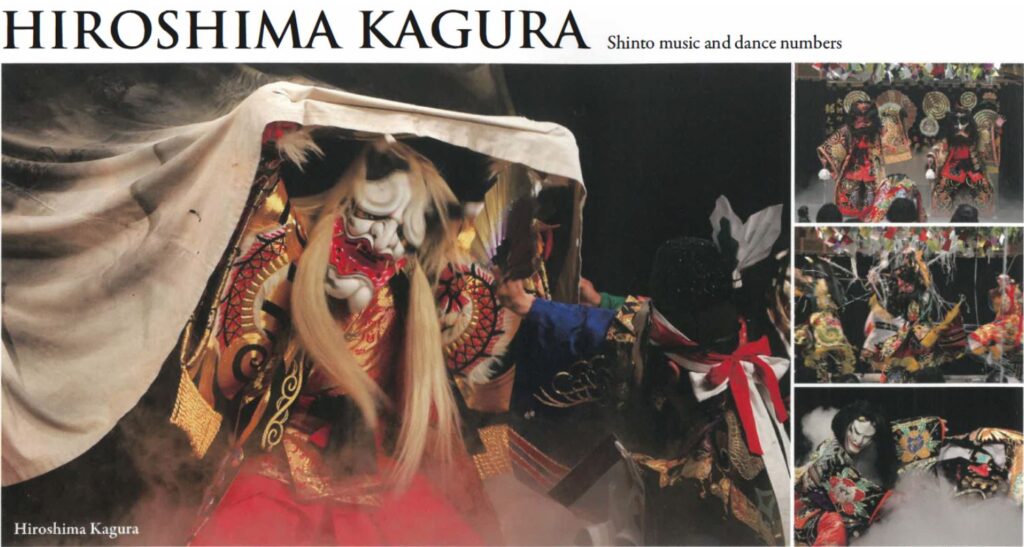
HIROSHIMA KA GURA Shinto music and dance numbers
What is your image of Japanese traditional performing arts such as Kabuki and Noh? Kagura is a Shinto-originated agricultural rite that was born from the appreciation and blessing of nature. They are music and dance numbers you can enjoy in the form of dramatic stage battles with heroes and villains with an accompanying performance of flute and drums. Kagura is thought to have originated in the middle of 19th century in the lzumo district in Shimane Prefecture. Kagura has become so popular that it is not only performed in the autumn festivals for the dedication to the shrines bur also in many events and halls in the urban areas of Hiroshima. The dancers have their regular work,,but they practice weekly in the evenings at the local shrine they belong co. The tradition of Kagura is carried through generations by the support of the local people and the cultural climate of each province. Hiroshima Kagura is famous for being full of entertainment that audiences enjoy including quick-changes of costumes and masks, and staging with smoke, flames, dry ice and spider’s thread. Of course Kagura can be observed through a monitor, bur this cannot come close to capturing the experience of a live performance at the nurturing place of Kagura where you can feel the vibration of drums, the soothing heartwarming flute melodies, and the overwhelming sense of unity between the dancers and the audience. Through Kagura you can deeply experience the richness of Japanese rural culture.
Kita-Hiroshima town (Flower rice planting in Mibu)
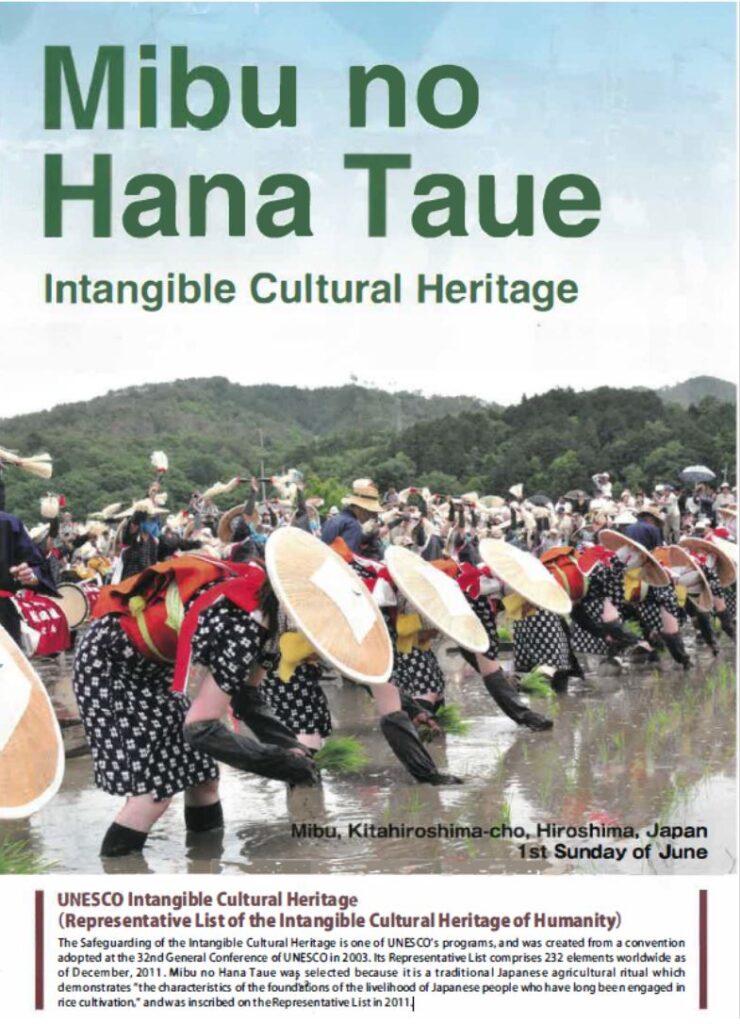
UNESCO Intangible Cultural Heritage
(Representative List of the Intangible Cultural Heritage of Humanity) The Safeguarding of the Intangible Cultural Heritage is one of UNESCO’s programs, and was created from a convention adopted at the 32nd General Conference of UNESCO in 2003. Its Representative List comprises 232 elements worldwide as of December, 2011. Mibu no Hana Taue wa§ selected because it is a traditional Japanese agricultural ritual which demonstrates “the characteristics of the foundations of the livelihood of Japanese people who have long been engaged in rice cultivation,” and was inscribed on the Representative List in 2011.
Higashi-Hiroshima City
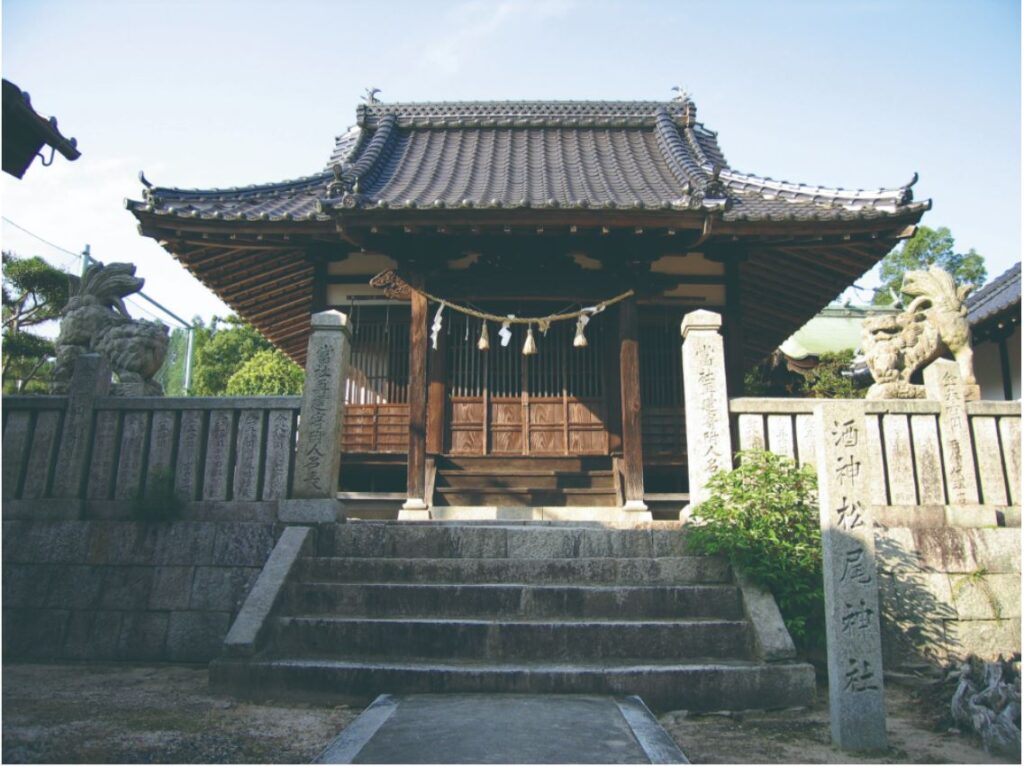
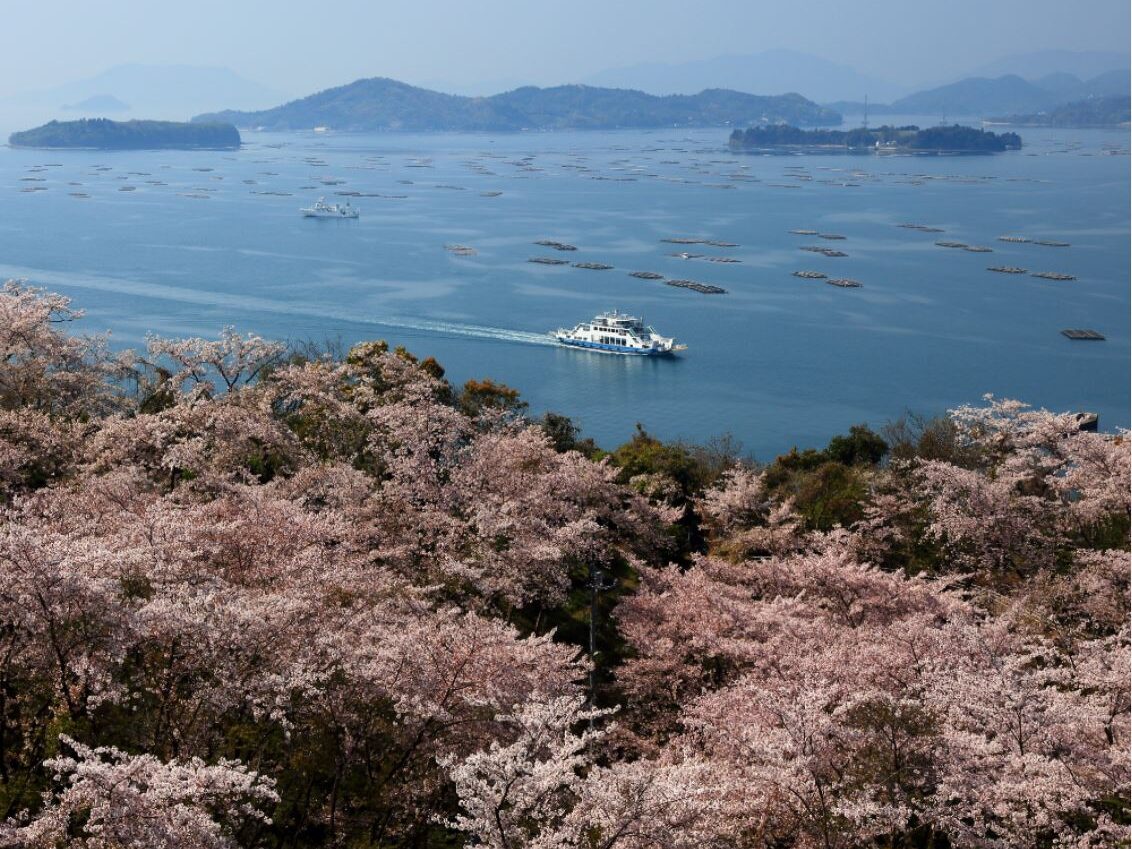
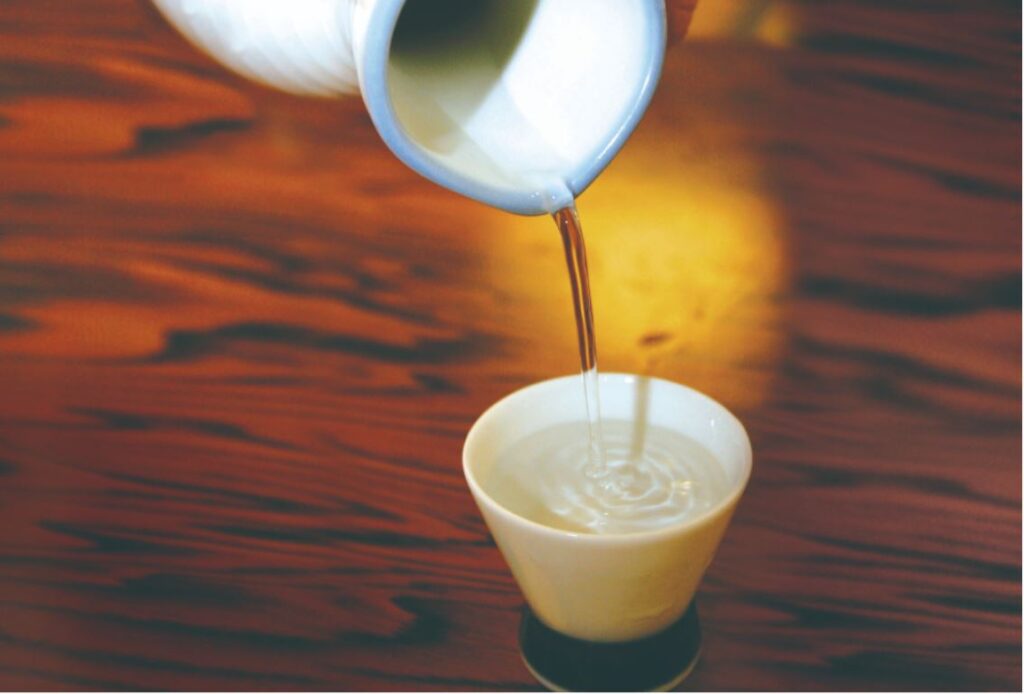
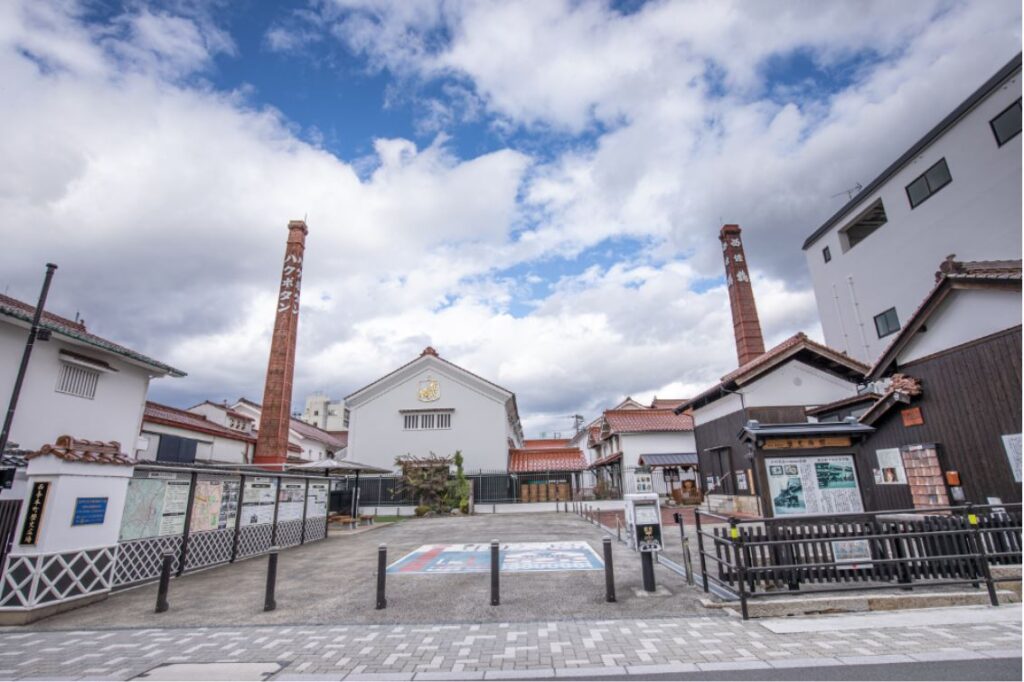
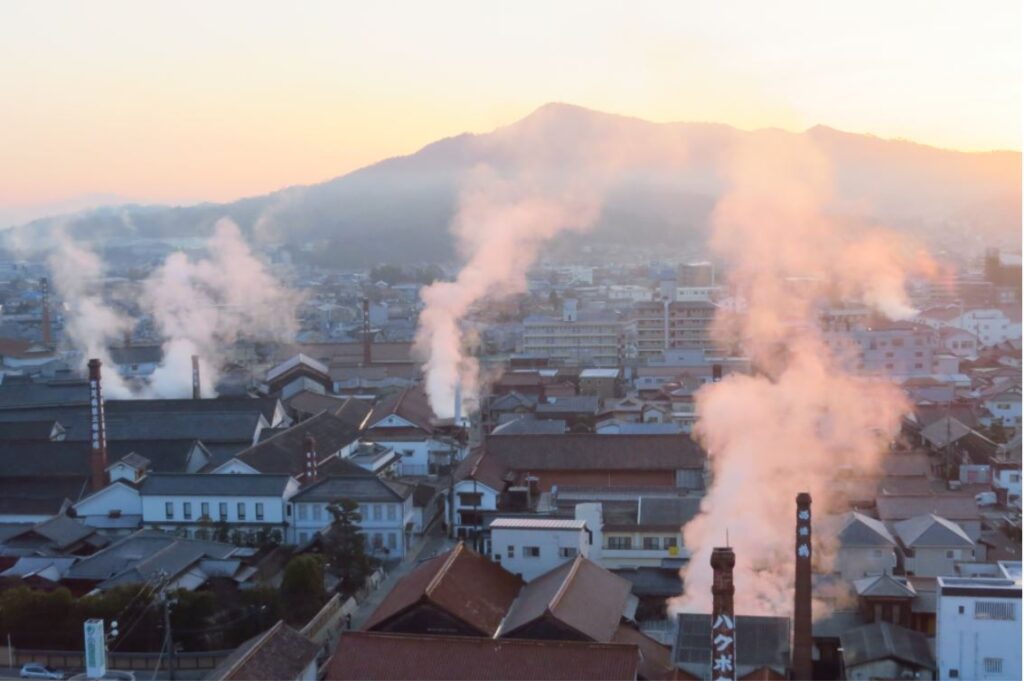
Higashi-Hiroshima City is located in the central part of Hiroshima Prefecture. There are many ways to come into contact with nature, such as enjoying the scenery of each season, hiking in the mountains, camping, fishing, golf, and other sports. In the center of the city, there is Saijo, one of Japan’s famous sake brewing areas, which ranks alongside Nada in Hyogo and Fushimi in Kyoto, and sake brewing is still thriving today. Among them, seven sake breweries are concentrated near JR Saijo Station, and this area is called “Saijo Sake Brewery Street.” Unique buildings such as sake breweries are lined up, and you can see Japanese-style architecture from the Meiji to Taisho eras such as white walls, namako walls, lattice doors and windows, red brick chimneys and red roof tiles. It creates a landscape and is a key tourist attraction. In addition, it is blessed with topography, climate, nature and resources, and has been an important point of life and transportation from ancient times to the present. As a result, valuable historical heritage remains in various parts of the city, and you can see Japanese culture and life up to the present.
Takehara City
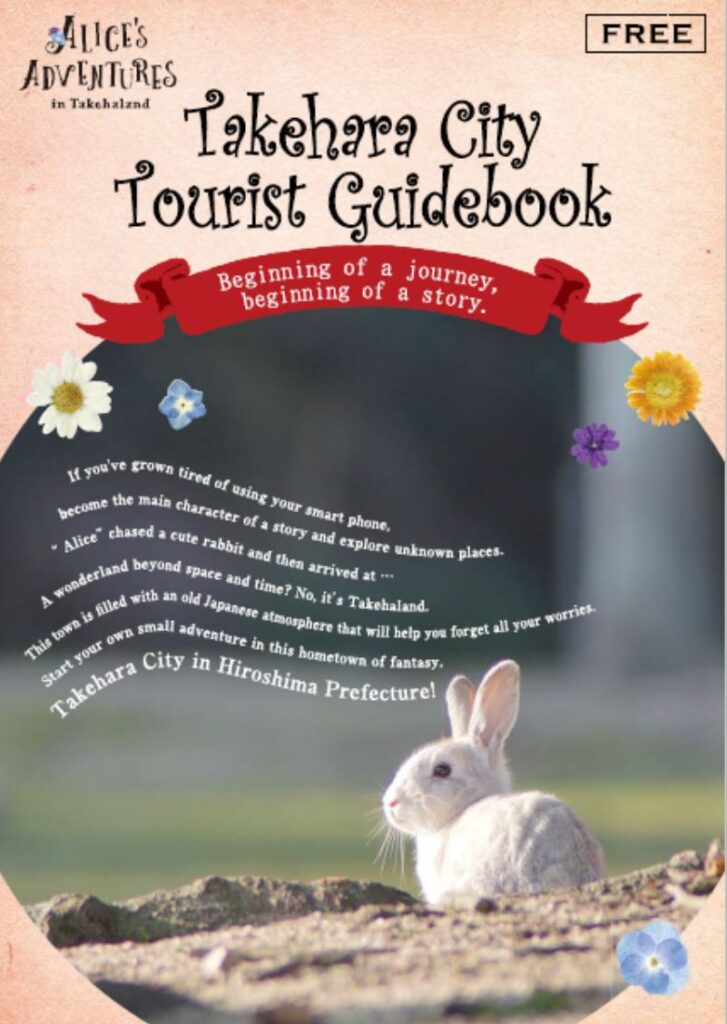
About Takehara City
Takehara City is located almost in the center of the coastal area of Hiroshima Prefecture, blessed with the rich nature of the Seto Inland Sea and a mild climate. It is located approximately halfway between Hiroshima/Miyajima and Onomichi, which are famous tourist destinations, and is located about 30 minutes by car from Hiroshima Airport to the center of the city, making it an easy location to incorporate into a wide-area excursion route.
It is called “Aki’s Little Kyoto” because of its history of prospering as a manor of Kyoto’s Shimogamo Shrine during the Heian period. It was also designated as a townscape preservation district, and the stately houses created by the prosperity of salt farms and townspeople culture convey the appearance of the past to this day.
Also, Okunoshima, which is about 15 minutes by boat from Tadanoumi Port in Takehara City, is a small island with a circumference of about 4 km. It was once called the “island erased from the map” because it used to have a poison gas factory. rice field. Today, it is designated as a national park and is known as “Rabbit Island” where many rabbits live.
In addition, there are many gourmet foods that can only be tasted in Takehara, such as the traditional local dish “fish rice”, local okonomiyaki, and local burgers.
City of Takehara visitor information (English)
Akiota Town
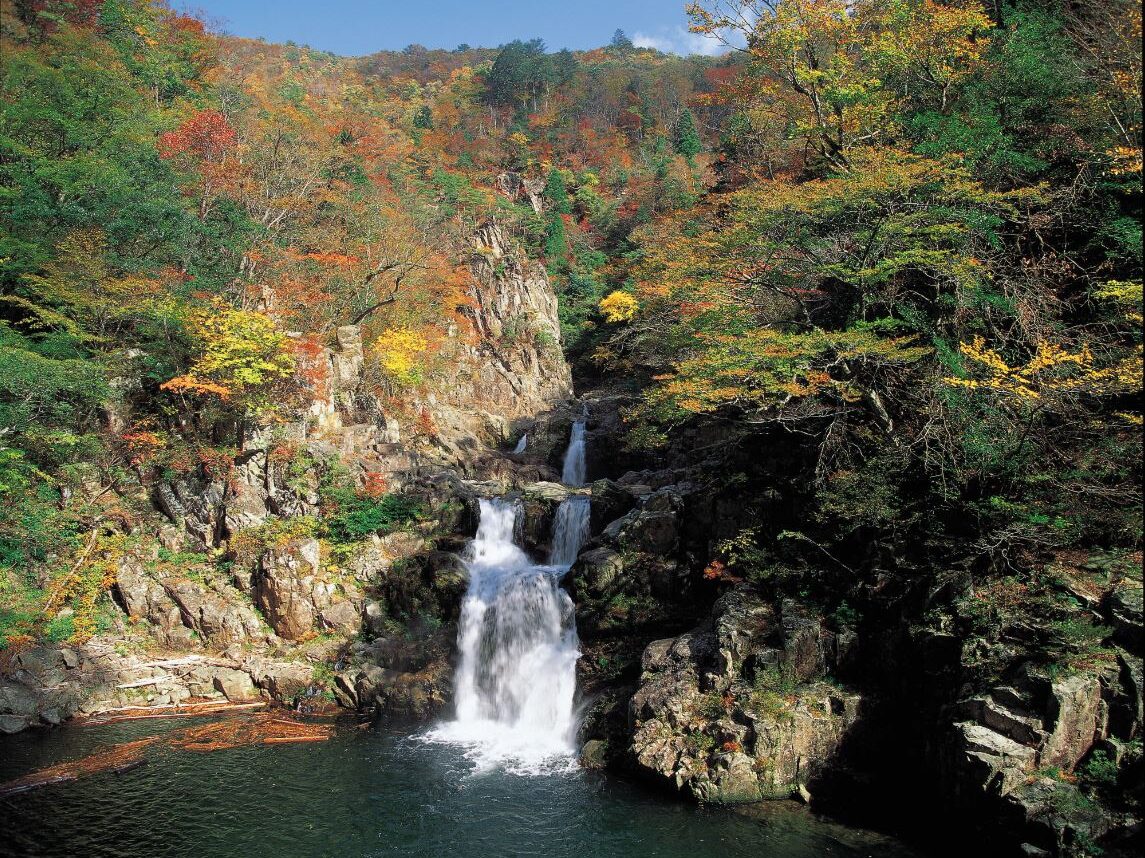
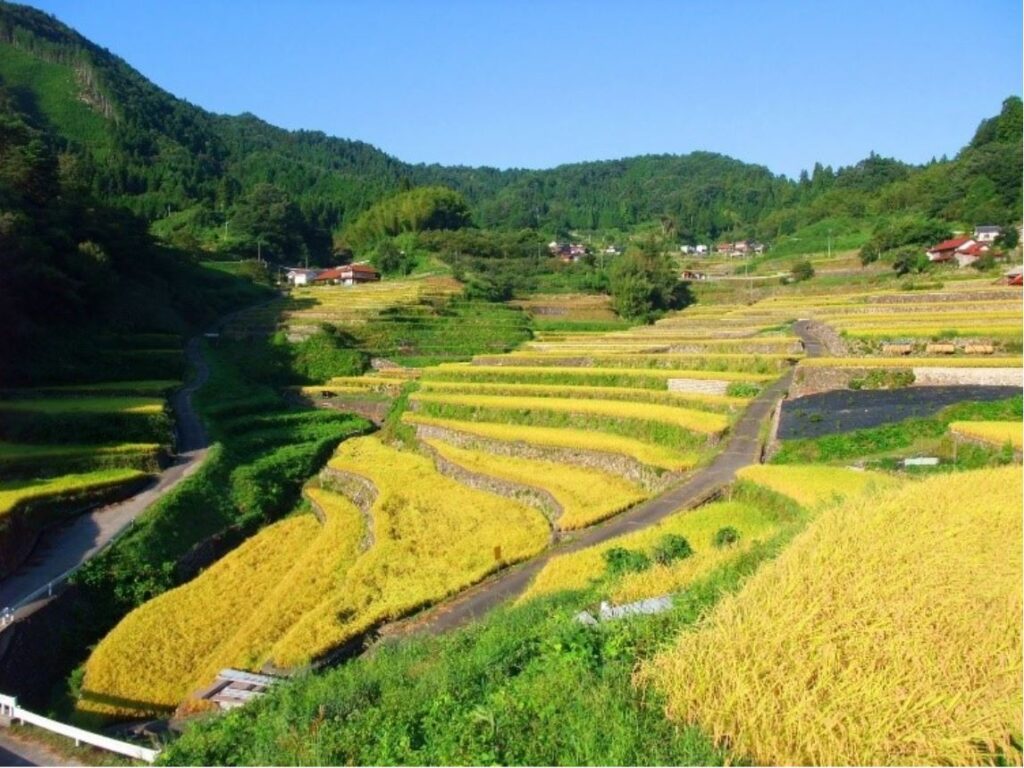
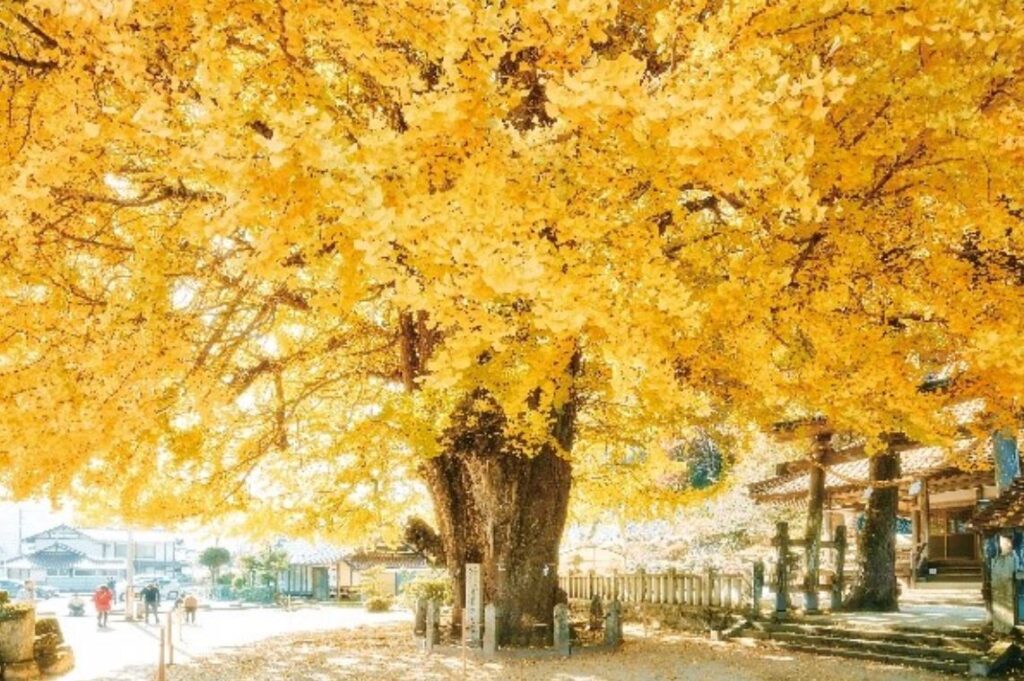
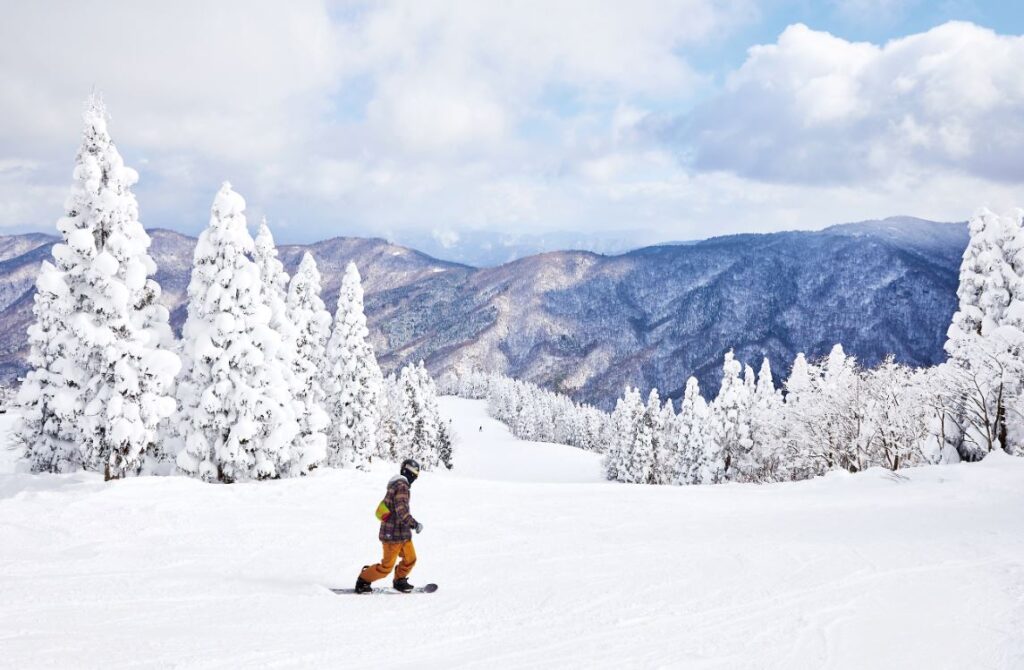
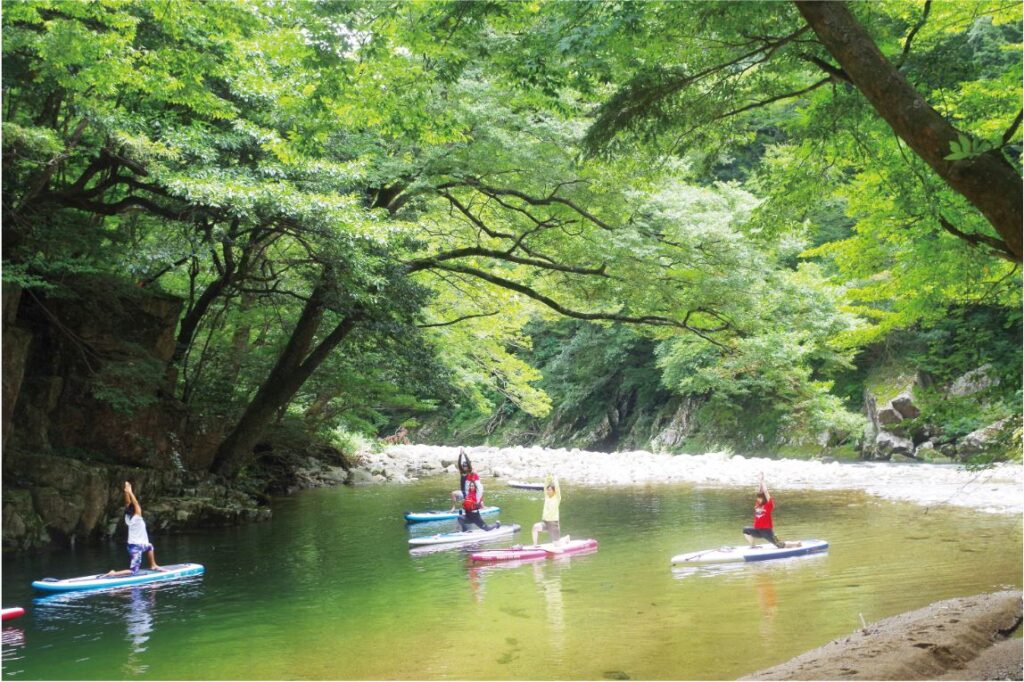
Akiota Town is located in the northwestern part of Hiroshima Prefecture and is the least populated rural town in Hiroshima Prefecture. About 90% of the area of the town is covered with forests, and the Ota River headwaters, which are the mother rivers of Hiroshima, are located in this area, which is rich in nature.
In Akiota Town, cherry blossoms bloom in spring, fireflies fly around in early summer, the mountains turn red and yellow in autumn, and the pure white snowscape spreads out in winter. Even Japanese people who visit Akiota Town for the first time will unconsciously feel “nostalgic”.
In the town, there are the national special scenic spot “Sandankyo” which won three stars in the French “Blue Guide”, and the “Ini terraced rice field” which was selected as one of “Japan’s 31 most beautiful landscapes” by CNN in the United States. It is dotted with scenic spots such as Mt. Osorakan, and Mt.Shinnyu-zan.
In addition, trekking, mountain climbing, water activities such as canoeing and stand-up paddle boarding (SUP), winter sports such as skiing and snowboarding, camping, etc., can be experienced only in places rich in nature such as mountains, canyons, rivers, and dams.
Only about 1 hour from Hiroshima city! A visit to Akiota-cho, a countryside town close to the city, is sure to be a trip that is a little different from your image of a trip to Japan or your usual trip to Japan!
Kumano Town
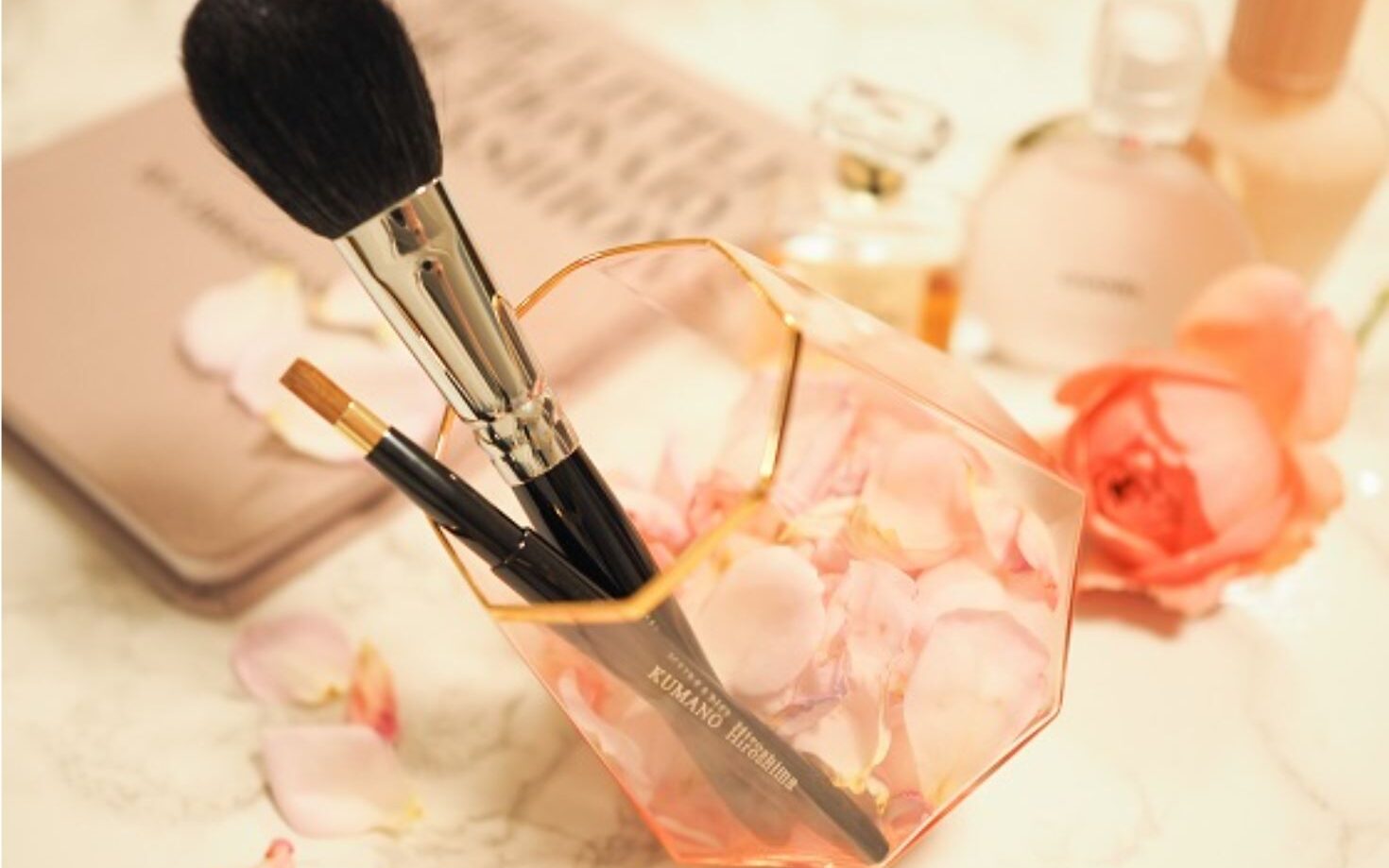
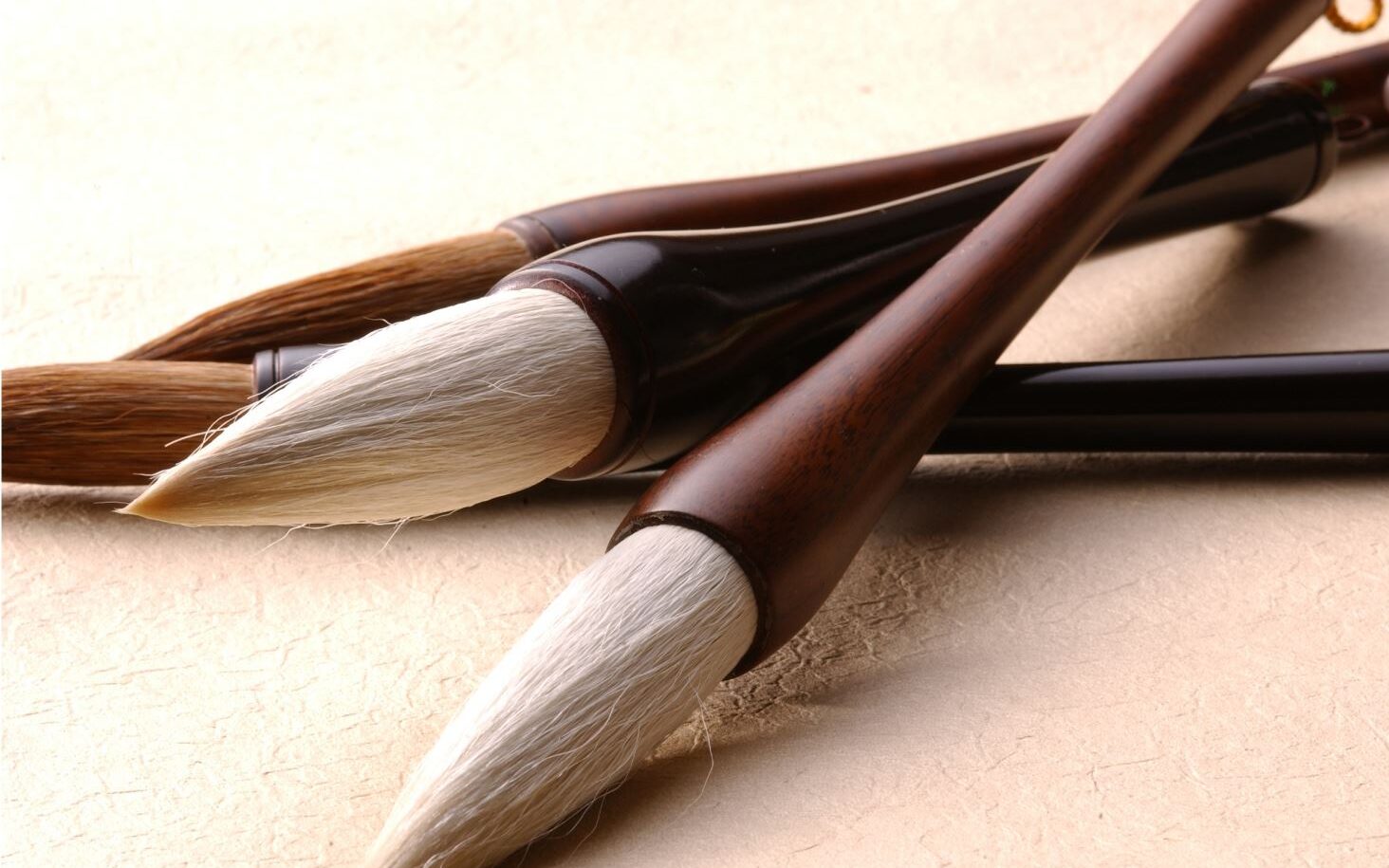
Kumano Town is located in the western part of Hiroshima Prefecture and is a plateau basin surrounded by 500-meter-class mountains on all sides. Access is good, about 35 minutes from Hiroshima city, and it is adjacent to Kure city and Higashihiroshima city. Kumano-cho is known as the “City of Brushes” and is known as a production area for brush-making that began around the end of the Edo period. From around the 20s of the Showa era (1945-1945), painting brushes and makeup brushes were manufactured by applying calligraphy brush-making techniques. Even today, about 10% of the population is engaged in brush work, and the tradition and techniques of making Kumano brushes have been passed down throughout the town. In the town, there is also the only brush-themed museum in Japan called “Fude no Sato Kobo,” where you can purchase Kumano brushes while learning about brushes.
